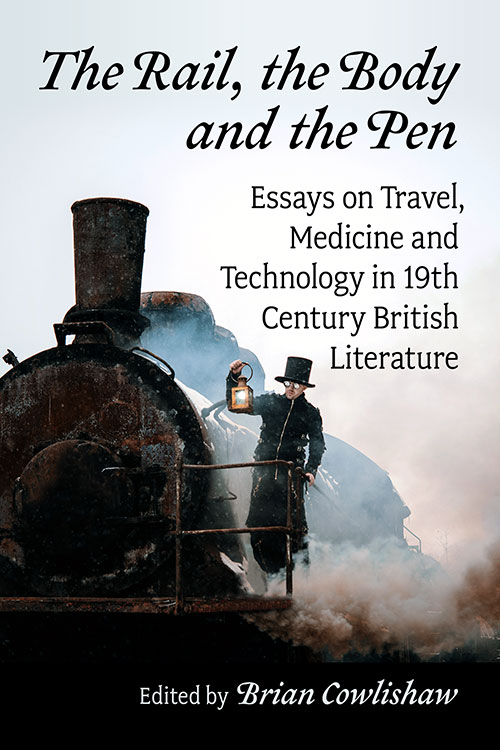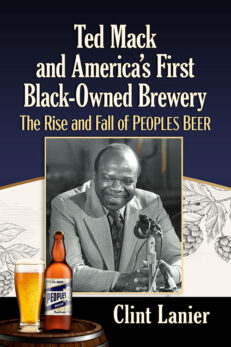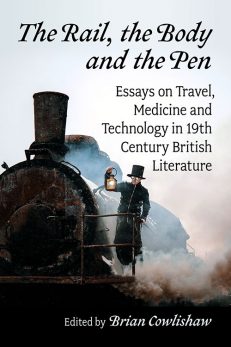The Rail, the Body and the Pen
Essays on Travel, Medicine and Technology in 19th Century British Literature
Original price was: $65.00.$32.99Current price is: $32.99.
In stock
About the Book
Many of the best-known British authors of the 1800s were fascinated by the science and technology of their era. Dickens included spontaneous human combustion and “mesmerism” (hyptnotism) in his plots. Mary Shelley created the immortal Dr. Victor Frankenstein and his creature. H.G. Wells imagined the Time Machine, the Invisible Man, and invaders from Mars. Percy Shelley was as infamous at Oxford for his smelly experiments and for his atheism. This book of essays explores representations of technology in the work of various nineteenth-century British authors. Essays cluster around two important areas of innovation— transportation and medicine. Each essay contributor accessibly maps out the places where art and science meet, detailing how these authors both affected and reflected the technological revolutions of their time.
About the Author(s)
Bibliographic Details
Edited by Brian Cowlishaw
Format: softcover (6 x 9)
Pages: 217
Bibliographic Info: notes, bibliography, index
Copyright Date: 2021
pISBN: 978-1-4766-8305-8
eISBN: 978-1-4766-4236-9
Imprint: McFarland
Table of Contents
Introduction
Brian Cowlishaw 1
Part 1: Trains and Travel
Trains and Brains: Splitting the Self in Sensation Fiction
Richard Leahy 6
A Technological View of Nineteenth Century Imperialism and Globalization in Science Fiction and Global History
Sobia Kiran 23
The Shock of Modernity: Traveling the Railways and Reading the First Female Detective(s)
Chandrama Basu 46
Strains, Gains and Remains: Railway Development and Victorian Women in Middlemarch, North and South and Tess of the D’Urbervilles
Zoë Perot 69
Part 2: Medicine and the Body
Factory Time: Mechanization and Monotony in the Victorian Imagination
Susan Johnston 92
H.G. Wells and the Machinery of the Brain: Cognition Beyond Skull and Skin in The Time Machine and The War of the Worlds
O.R. Teregulova 109
The Mechanics of Being Human: Technology and Posthumanism in Mary Shelley’s Frankenstein
Urshela Wiggins Atkins 124
Reanimation Through Electro-Stimulation: Frankenstein and Electrical Science
Vittoria S. Rubino 135
Lubing the Speculum: Carmilla and the Gradual Introduction of Diagnostic Technology to Victorian Medicine
Elizabeth Hornsey 156
“Stiff Limbed” and “Doubly Souled”: The Queer Anatomy of Thomas Lovell Beddoes’s Death’s Jest-Book
Shelley Rees 174
“The Intolerable Kodak”: Ouida on Victorian Celebrity Culture
Lorraine Dubuisson 188
About the Contributors 205
Index 207





